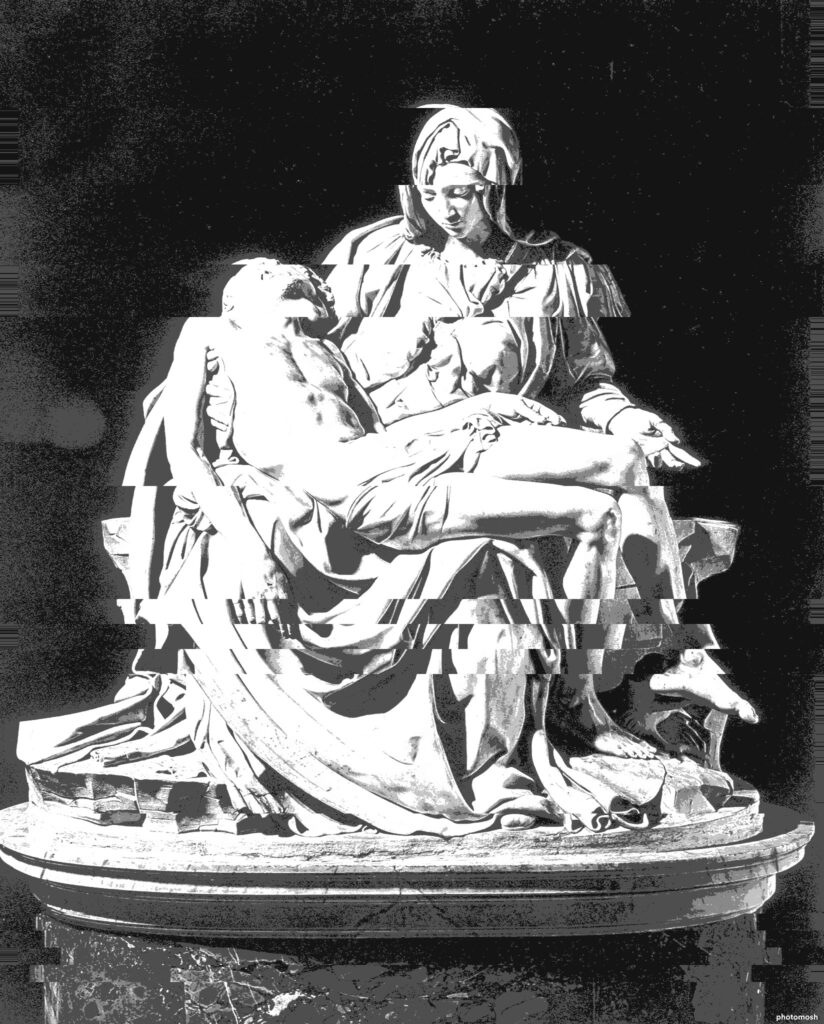11 The Pharisees came and began to argue with him, seeking from him a sign from heaven, to test him.
Immediately following Mark’s narration of the Feeding of the Four Thousand Gentiles, he tells us of a time when Pharisees, of no particular regional origin, could be Galilean or from Jerusalem, come and argue with Jesus. If this event chronologically follows the feeding miracle then it is likely local Pharisees at Magdala where they came to shore but it is also possible that this is days or weeks after. Mark does not waste word space to tell us exactly when this happened, just sometime after the feeding miracle.
The Pharisees themselves were rightful teachers of the Law, as acknowledged by Jesus as “sitting on the seat of Moses”. This is juxtaposed with the hereditary priesthood that sat on the symbolic seat of Aaron. The ancient world of Second Temple Judaism was much more organised than people gave them credit for because most people with a fascination with this time period exclude any information outside of the New Testament, unfortunately the New Testament is about Salvation, not the intricacies of religious and political life among the Judeans before and after Jesus. The Pharisees popularity came about during the Exile after the destruction of the first Temple the priesthood was rendered powerless with no liturgy or sacrifices to minister and the Davidic Dynasty was dismantled, the teaching authority filled the void of leadership.
As we have noted, they have rightful teaching authority from God but that does not mean they are always right but they did hold influence over the largest amount of Jews in this period, they were the most popular “sect” if you can even call them that, although structured, their method of delineating groups is not like our modern understanding. Life was about submitting to the Law of Moses, Pharisees had rightful teaching authority of the Law so they were both a religious and political force that guided the largest portion of Jewish laity.
It is members of this influential group that have come to Jesus specifically in order to argue with him. Take note that Mark explains they are there “to test him.” This is not some honest meaning questioning from a curious group of Pharisaic rabbis but enemies who are seeking to trap him. They demand a sign from Heaven as proof of his teaching authority most likely.
12 And he sighed deeply in his spirit, and said, “Why does this generation seek a sign? Truly, I say to you, no sign shall be given to this generation.”
Jesus sighs deeply “in his spirit” or in some translations “from his heart.” This type of expression is that of sorrow, specifically in response to the faithless leaders of God’s people. Jesus knows exactly who these people are and what authority they have. His deep sigh is in response to this, this is who is leading the sheep at this pivotal moment in Salvation history.
He asks the question “Why does this generation seek a sign?” This does two things. One it just bring to mind the rebellious generation of the Old Testament out in the wilderness with Moses, its very similar language but Jesus is not referring to every person literally of that generation, as the same with the Old Testament references that Jesus is riffing on, it was that generation of leaders, the faithless ones who grumbled at Moses just as these leaders of God’s people grumble at him. The second thing is as it relates to John’s Gospel, in John 8:44 Jesus refers to the Jewish leadership as being spiritual descendants of the devil, despite their biological origins. Those of that generation will not receive anything from him, except what they deserve in the end.
13 And he left them, and getting into the boat again he departed to the other side.
Jesus gives no further explanation to the Pharisees he simply gets into the boat, presumably with his disciples and departs for the other side. Once again we see what seems like a random arrival in a particular place but a very important event occurs and Jesus leaves immediately afterward. It appears his arrival here was for this purpose alone, to tell the Pharisees where they actually stand.


Leave a Reply